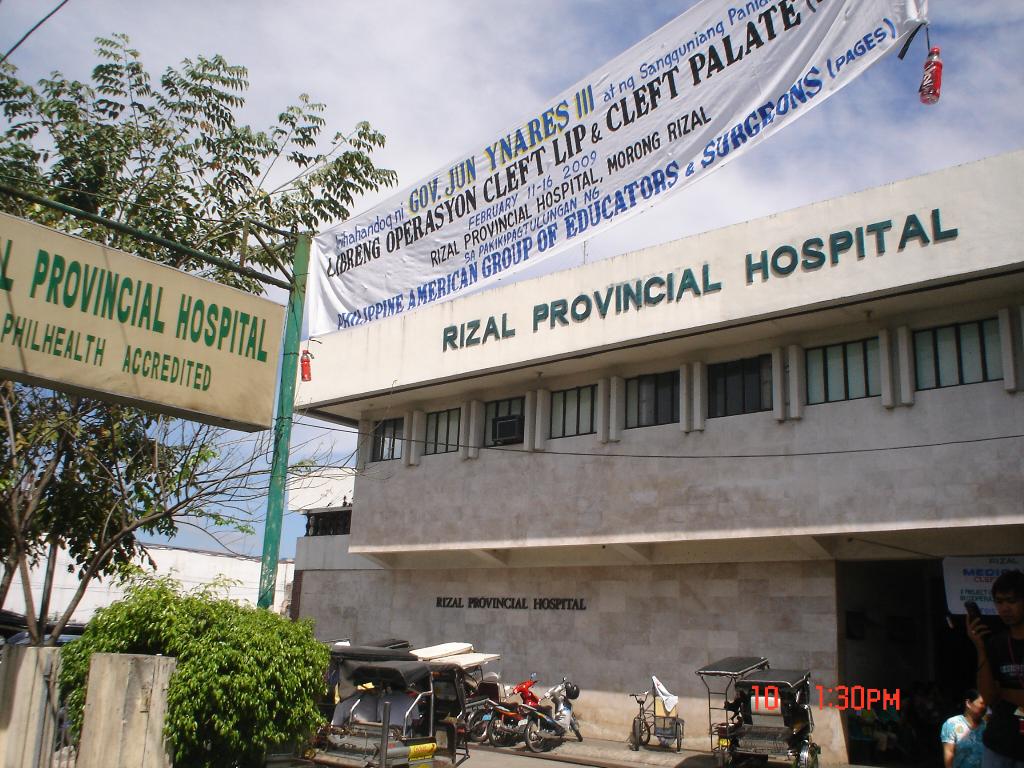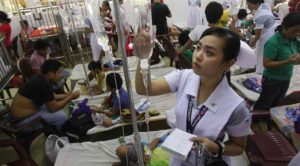The healthcare system in the Philippines can be considered to be of a good standard, despite the fact that the facilities may not be as impressive as those found in high-end US or European hospitals.
Medical practitioners in the Philippines are graduates from the top universities in the country and most of them have studied in US medical schools. Additionally, there are doctors that have practiced medicine in the US before sharing their expertise in the Philippines. Filipino nurses are also trained by nursing schools that have excellent standards. In fact, a large percentage of Filipino nurses go on to work in the US.
The healthcare system in Philippines is a mixed public-private system.
Public health care is organised in 2 tiers: Primary care is delivered through public health and primary health care centres linked to peripheral barangay health centres (BHCs) or health outposts. Private healthcare services are well-established and growing in Philippines through specialist clinics and private hospitals. The private sector is much larger than the public sector in terms of human, financial and technological resources and caters to 30% of the population. It is structured according to the North American model organised around independent free-standing hospitals, individual medical offices and private clinics, dependent on fee-for-service payments.
Hospitals
Finding the right hospital in the Philippines is not considered too difficult as there are a number of options to choose from. The Philippines has both private and public healthcare institutions as explained above. Most of the government hospitals provide quality healthcare in the same way private hospitals do. Although some people may have misconceptions, most of them are unfounded. The main differences between public and private hospitals are the facilities and technologies offered. Most of the public hospitals would not be equipped to the same standard as the private ones. However, some of the best doctors are serving in the government hospitals. Also, most Filipinos would seek advice from these government hospitals because fees are not charged. Private hospitals are located in key cities throughout the nation and there are also tertiary hospitals that have the latest in medical technologies. However, as you would expect, private hospitals are more expensive. Consultation are free of charge from public hospital, but the medicine depends on the degree of disease usually public hospitals have free generic antibiotics and some Medicine for High Blood, Diabetes, And Cholesterol. But the higher the dose the higher the price of the Medicine. In Private Hospitals the minimum charge of payment may range from 500 to 1000 per check up, not included the laboratories that may range from 500 to 2500 depends on the procedure or medical examination to be taken. In private hospitals the facilities are good and the Doctors are definitely Good same as in Public.


